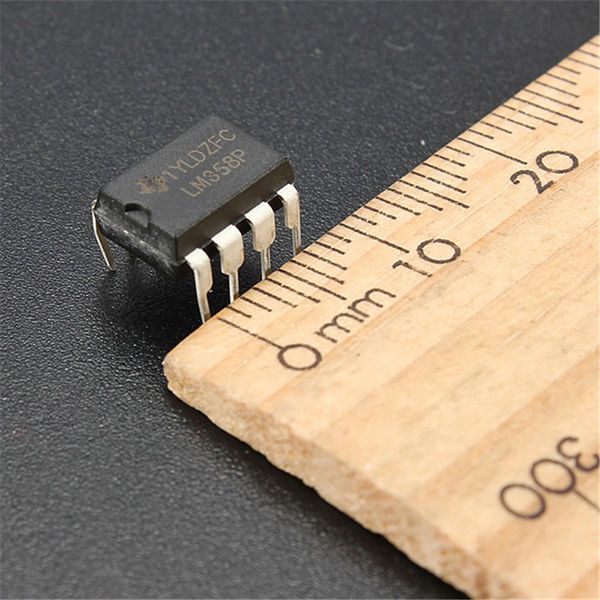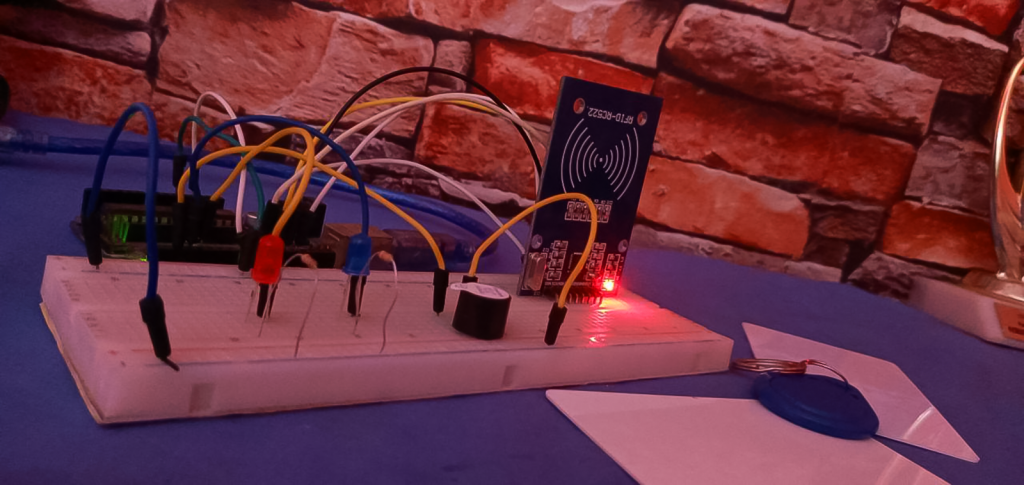Introductioin to Operational Amplifiers

If you are reading this article then at least you are aware that computers and electronics devices reason, trade, communicate, take decisions or generally operate at the binary level, thus, 1s and 0s. So a computer will actually identify the number “25” as “11001” in the processing background. I find that very wonderful sometimes., but my question always is, how do these device manage to “add”, “subtract”, “multiply”, “divide” and perform so many and other mathematical operations like integration, differentiation and a whole lot of stuff? I know a few electronic components like the resistors, capacitors and inductors, but no they cant be that brilliant on their own, there should be something more. If you’ve also been inquisitive about this, then this article is for you.
In this article I attempt to introduce us to the Operational amplifier a wonderful and popular component in electronics that is going to help you in your endeavor as a hobbyist or professional.
What's an OP amp?
An Operational Amplifier or simply an OP amp is a high gain electronics device or component that can amplify voltage signals and perform mathematical operations.
- It can amplify voltages to the hundreds and thousands.
- It is an active component unlike the resistors, capacitors and inductors.
- It has 2 inputs and 1 output.
- It has two voltagee source, a vcc(+) for positive DC supply and a ground (-) for negative or ground.
 ICs which allow you to use them on the breadboard and other prototyping boards. For the purpose of a general understanding of how to use the Op-amp I will be using an LM358P which is also a Dual in-line package IC for the explanation.
ICs which allow you to use them on the breadboard and other prototyping boards. For the purpose of a general understanding of how to use the Op-amp I will be using an LM358P which is also a Dual in-line package IC for the explanation. inverting input(-) and non-inverting input(+). Its a differential input, thus the real input of the op-amp is the difference between the two inputs. At normal and or ideally, the difference between the two inputs when no external input signal is applied is “0”, that is to say, the voltage at the inverting input is equal to the voltage at the non-inverting input. Ideally the Op-amp is able to amplify the least input voltage signal to an infinite voltage, but practically, it has a gain of about x1,000,000. This means, if you have an input signal of 1volts, you can get an output of 1,000,000volts, that’s huge. Note that the output of an op-amp will not exceed the supply voltage of the IC.
inverting input(-) and non-inverting input(+). Its a differential input, thus the real input of the op-amp is the difference between the two inputs. At normal and or ideally, the difference between the two inputs when no external input signal is applied is “0”, that is to say, the voltage at the inverting input is equal to the voltage at the non-inverting input. Ideally the Op-amp is able to amplify the least input voltage signal to an infinite voltage, but practically, it has a gain of about x1,000,000. This means, if you have an input signal of 1volts, you can get an output of 1,000,000volts, that’s huge. Note that the output of an op-amp will not exceed the supply voltage of the IC. The LM358 IC.
This is my favorite op-amp IC. Its actually a Dual op-amp IC which means there are two op-amps in one container.  Tho the two op-amps share the same voltage sources, thus VCC and GND, they have separate inputs and outputs.
Tho the two op-amps share the same voltage sources, thus VCC and GND, they have separate inputs and outputs.
- Pin 8 is Vcc and pin 4 is gnd fro the whole package.
- pins 2 and 3 are respectively the inverting(-) and non inverting inputs of “op-amp A“
- pin 1 is the output of “op-amp A“
- pins 5 and 6 are also respectively the non-inverting and inverting input of “op-amp B“
- Finally pin 7 is the output for “op-amp B“
Are op-amps responsible for the Maths?
A big yes! is the answer. If you are building any analog circuit and you want to have some operations in there, just look for an op-amp. With the help of external feedback components like the resistors and capacitors, the op amp is able to perform so many mathematical operations like addition, subtraction,division, multiplication, differentiation, integration, logarithm and so many more. You can evn combine two or more op-amps together to write complex mathematical equations involving more than one term.
In a later article, You will learn how to build a simple operational circuit with the op-amp.
Where can I buy an op-amp IC in Ghana?
Check out the Aaenics store for a wide catalogue of both local and international Electronics and Robotics kits and components. Order for anything and get it delivered as soon as possible every where in Ghana.






Responses